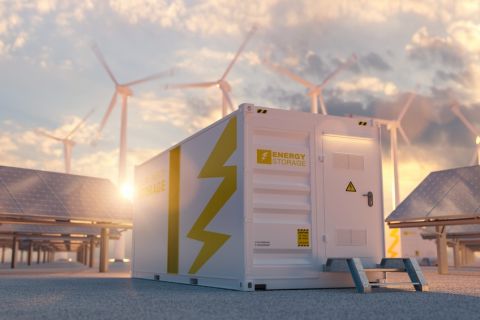Consider the engineering obstacle facing the proposed Alaskan gas pipeline from the North Slope to a hub in Alberta and then to markets in the Lower 48: distance, roughly 1,700 miles; obstacles, mountains, rivers and forests. Now, add costs to those obstacles. Drue Pearce is the federal coordinator of the Alaska Natural Gas Transportation Projects. His job is to coordinate the permitting process. Alaska's legislature is now debating the two plans: TransCanada's plan is being supported by Gov. Sarah Palin while a rival plan by BP and ConocoPhillips is going it alone with official state support. During a presentation at Platts Energy Podium event held recently in Washington, D.C., Pearce said if everything goes right the best case scenario for the Alaskan pipeline going online will be 2018, but that "a more realistic first-gas date, but still optimistic, is probably 2019." Steel prices continue rising and that coupled with permitting and construction delays will add millions to the cost of one of the nation's single largest energy infrastructure projects in U.S. history. "I do believe we're closer that we've been in 30 years, and I believe it's time for the gas to come to market," Pearce said. "The Lower 48 states are going to need the gas delivered in a pipeline at a stable price, a stable delivery, so I'm very optimistic that now is the time to get it built." BP and ConocoPhillip's plan, called the Denali Project, would be sited along the Alaskan Highway and at the Canadian border, the gas would then be transferred to the Alberta hub. Officials with the two giants told FERC the pipeline would connect either to existing U.S.-Canadian pipes, or a pipeline would be built southward from Alberta to the U.S. border and then across parts of North Dakota, Minnesota, Iowa and into the Chicago region. In a spirit of compromise, some Alaskan lawmakers have suggested the two plans be merged into one. That isn't likely to happen, Pearce said. The deadline for the lawmakers to reach a decision is Aug. 2 and the debate is getting hotter. Stay tuned. More to come. What will happen between now and Aug 2 is anyone's guess. –John A. Sullivan, News Editor, Oil and Gas Investor, www.OilandGasInvestor.com, jsullivan@hartenergy.com
Recommended Reading
RWE Boosts US Battery Storage with Three Projects
2024-02-14 - The three projects—two in Texas and one in Arizona—will lift RWE’s total U.S. battery storage capacity to about 512 megawatts.
CERAWeek: NextEra CEO: Growing Power Demand Opportunity for Renewables
2024-03-19 - Natural gas still has a role to play, according to NextEra Energy CEO John Ketchum.
Energy Transition in Motion (Week of Feb. 2, 2024)
2024-02-02 - Here is a look at some of this week’s renewable energy news, including a utility’s plans to add 3.6 gigawatts of new solar and wind facilities by 2030.
Could Concentrated Solar Power Be an Energy Storage Gamechanger?
2024-03-27 - Vast Energy CEO Craig Wood shares insight on concentrated solar power and its role in energy storage and green fuels.
Energy Transition in Motion (Week of Feb. 16, 2024)
2024-02-16 - Here is a look at some of this week’s renewable energy news, including the outlook for solar and battery storage in the U.S.





